Forbes & Forbes
Mac Forbes
RS10 Riesling 2016
Named RS10 for the unusual amount of residual sugar for an Australian Riesling. This is a stunning wine that combines the expected Aussie focus on citrus (especially lime) with wekl-balanced acidity and a surprising level of crisp minerality. Ripe and almost opulent, it's a wonderful match for food (I had it with scallop carpaccio with lime zest) — 7 years ago
Forbes Creek
Vintage Selection Cabernet Sauvignon
Mature & full body! — 8 years ago
Mac Forbes
Riesling 2015
So floral, talcy and even slightly rose watery with orchid fruits playing second fiddle. Pretty. Offers a touch of sweetness at 10grams, but balance is all there, one would barely notice — 10 years ago
Mac Forbes Wines
RS29 Riesling 2015
Has a lingering acidity — 10 years ago
Mac Forbes
Gruyere Syrah 2010
A little feral when we first opened it but once decanted and left to sit it opened up into a beautifully delicious wine — 10 years ago
Mac Forbes
Wesburn Yarra Valley Chenin Blanc 2017
Perfect fruit and earth balance. No heaviness on the palate. The nose is very Loire. — 5 years ago

Mac Forbes
RS 10 Strathbogie Ranges Riesling 2016
Tons of acidity, lime and mineralogy. Sweet but not too sweet — 8 years ago
Forbes Creek
Vintage Selection Pinot Noir 2015
Give it 5-10 to open up. — 8 years ago
Provenance Vineyards
Rutherford Cabernet Sauvignon 2012
Had this under the sea. At Forbes Island — 9 years ago
Mac Forbes
Pinot Noir Rosé 2005
Faded color but delicious fruit — 10 years ago
Mac Forbes
RS19 Strathbogie Ranges Riesling 2017
Ripping acidity balancing out the off dry sweetness. Tennis balls and apples. Delicious. — 6 years ago
Mac Forbes
EB 10 Ginger Rizz Riesling 2014
Delectable told me I drank this exact wine 4 years straight after it had been bottled.
4 years later and my love was rekindled.
Such a rad and fun Riesling, tickles the senses. — 7 years ago
Krug
Brut Rosé Champagne Blend
There are certain occasions that call for Krug Rosé. So, HBTM! The bottle was corked in the summer of 2014. It’s a blend of 45 reserve wines with the oldest being from 2007 and the youngest 2002. This is why I think Champagne Makers are some of the most talented people making wine. They are constantly blending up to 100 plus wines to bring that bottle to bottle and year to year branded flavor of consistency. On the nose; red & pink spring flowers, cherries, strawberries, watermelon, black cherry, black raspberries, notes of blood orange citrus, baked bread, soft volcanic mineral and elegant chalkiness. The palate is always ridiculously delicate. Micro bubbles, silky rich texture with beautiful soft acidity. The palate fruits are similar to the nose; rich & ripe cherries, strawberries watermelon, black cherry, black raspberries, notes of blood orange citrus with hints of marmalade. Red & pink spring flowers, baguette crust, soft powdery minerals that give the palate a slight sting and super powdery chalkiness done just right. The finish is beautifully rich, textured, revealing itself in layers and lasts minutes. Photos of; Founder Joseph Krug, House of Krug, Winemaker Eric Lebel, Krug’s Clos du Mesnil, a small plot of 1.85 hectares of Chardonnay...one of the world’s greatest vineyards and their salon tasting room. Producer history & notes...Krug was founded by Joseph Krug in 1853. They are based in Reims, the main city in France’s Champagne region. It is one of the famous Champagne houses that formed part of the Grande Marques. Today the house is majority owned by the multinational conglomerate LVMH, which owns Moët Hennessy, Louis Vuitton S.A. and who’s wine producer portfolio includes other well known wine brands such as; Moët & Chandon, Veuve Clicquot, Château d'Yquem, Ruinart & Cheval Blanc, Dom Perignon and many others. Despite LVMH's majority ownership, the family is still actively involved in all the key decisions of the house but does not manage the day-to-day operations. Joseph Krug was born Johann-Joseph Krug, a butcher’s son, in Mainz, on the Rhine in 1800 when the city was part of the Napoleonic Empire. Having dispensed with the name Johann, he left Mainz in 1824 and in 1834 moved on to Paris. Germans were in demand in France as accountants and bookkeepers. So, Joseph joined Champagne Jacquesson in Châlons-sur-Marne. He spent eight years with Jacquesson. His work took him beyond accountancy. He went around Europe testing the market and assessing criticism from wine sellers and customers. He learned about composition and taste so that by 1840 he already seemed to have been blending Champagne for at least one other house. In 1841, he married Emma-Anne Jaunay. The daughter of a French hotelier based in London’s Leicester Square. The following year their son Paul Krug was born. In 1842 he moved to Reims and following a year later, Krug et Cie was founded with his partner, Hyppolite de Vivès. Joseph was fluent in French, English and German and even spoke some Russian, putting the company in position to exploit key overseas markets. Joseph died in 1866 and was succeeded by his son Paul Krug, who had been trained by his father to takeover. Joseph under the supervision of Paul, Krug was established as a Grande Marque. By the 1880s the prestige of Krug was acknowledged in the United Kingdom and became the primary overseas market for Champagne. In 1866, the House moved into Rue Coquebert, in Reims as it remains. After Paul’s death in 1910, he was succeeded by his son, Joseph Krug II. However, during World War I Joseph II was taken prisoner and his wife Jeanne played a key role in the House at a time when the Western Front divided the region between the Allies and the Germans. After the war, Joseph II’s slow recovery led to his nephew Jean Seydoux becoming joint manager in 1924. In that decade, the Krug 1926 and 1928 vintages were created, which have been considered by critics to be amongst the greatest Champagnes. Lawyer and wine writer Maurice Healey declared “Krug” the king of all Champagnes. Further, “that the 1928 Krug was the best wine made in the present century.” By the mid-1930s, Paul Krug II, the son of Joseph II, was active in the business and would become head of the House from 1959 to 1977. His father died in 1967, by which time he was, according to Patrick Forbes, “one of the most popular and respected figures in the Champagne district.” In 1962 Henri Krug, the son of Paul II, joined the management, as did his brother Remi three years later. Their arrival was followed by a series of innovations, including extensions in the range of Champagnes. In 1979, for the first time, a graduate winemaker joined the House. In January 1999, the House became part of LVMH and by 2007, the brothers, while remaining on the tasting committee, had stepped down from day-to-day responsibilities. In 2009 Olivier Krug, the son of Henri, became House Director. At harvest, Krug grapes are pressed close to their plots with the first juice kept for 24 hours in a vat prepared for the fermentation stage. The pressing from each plot is vinified separately. A pressing contains 4,000 kilos of grapes and yields 20.5 hectolitres of first juice (cuvée), which is poured into twelve oak casks chosen at random. Once fermentation is complete, the eleventh and twelfth casks are used to top up the other ten casks in order to protect the new wines from oxidation. For fifteen days, each cask is topped up with wine from the same plot. Krug uses small 205 liter oak casks tailor-made from trees that are more than two centuries old in the forests of Hautes Futaies in Central France. The average age of Krug oak casks is 20 years. They are retired after approximately 40 years of use. The wines remain in the casks for several weeks. During this period, clarification occurs naturally from the cool temperature of the cellar given the coming winter, as does a micro-oxygenation process from the use of natural containers, making the wine more resistant to oxygen over time. Finally, between December and January, the wine is drawn off into small stainless-steel vats. From here, depending on the decisions of Krug’s tasting committee, the wines will either contribute to that year’s assemblage or be stored in steel vats in the House’s library of 150 reserve wines to be used in the blend of a future Krug Grande Cuvée and or Krug Rosé. — 8 years ago


Mac Forbes
EB 11 Pinot Noir Pinot Gris 2014
I hope Mac takes this from experimental to regular release, awesome juice — 10 years ago
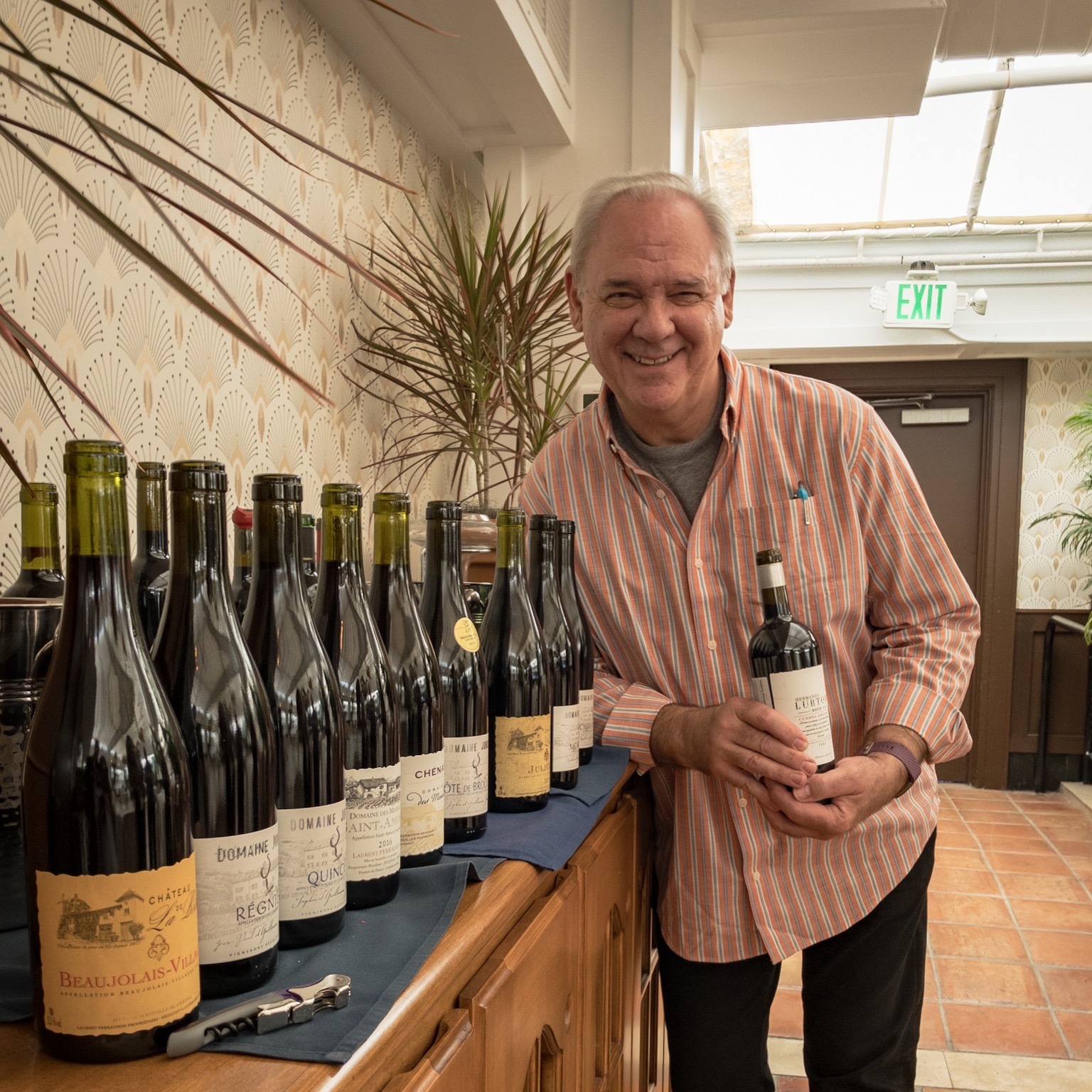


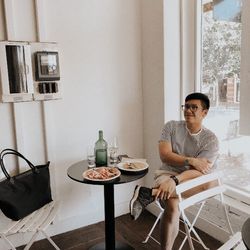


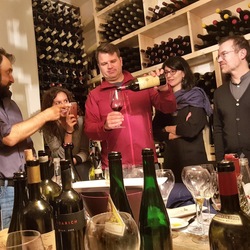

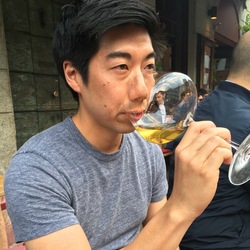

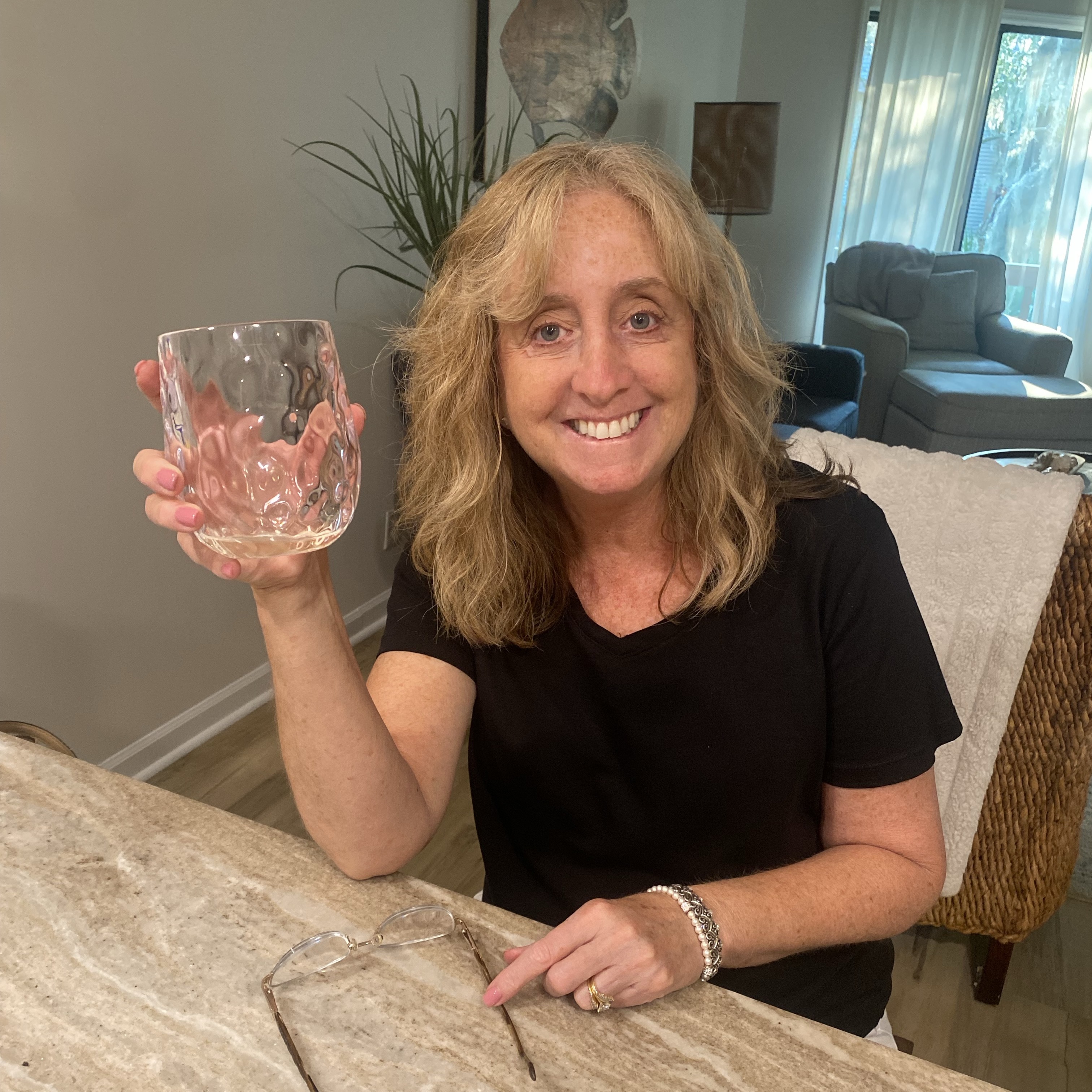
RJ Stefanski
Definitely a unique style of Riesling on display here. Bold and confident with beautiful, exotic fruit on the nose. The fuller bodied palate perfectly balances a dash of sweetness with zingy acidity and tasteful oak. Impressive at $35.
More info: Small plot two hours north of Melbourne in the town of Caveat. The vineyard is a pure granite shelf at 2000 feet elevation. (Obviously) 8 g/l RS with 8.9 g/l TA. Unfined. Matured in oak on the lees. 3360 bottles. — 5 years ago